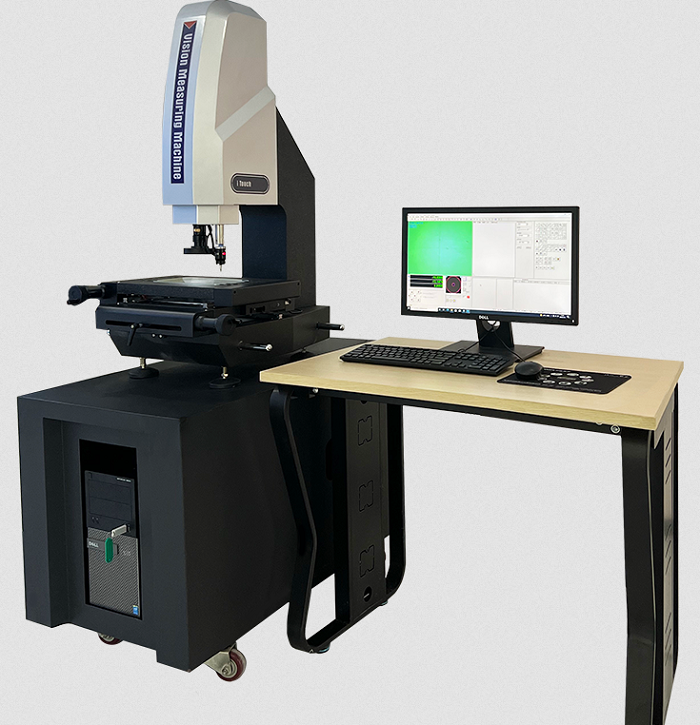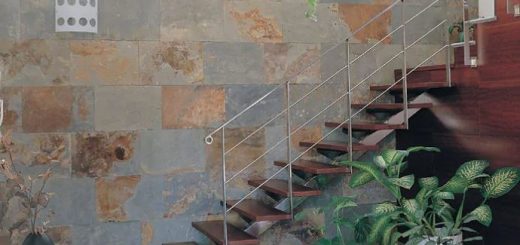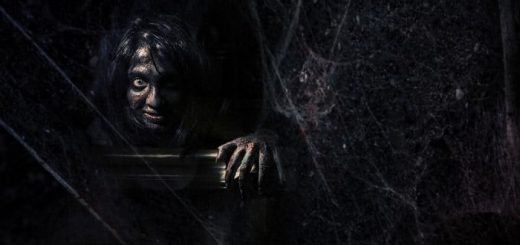How do Vision Measurement Systems Handle Measurements in Low-Light Conditions
Vision measurement systems have transformed a number of different sectors. These devices acquire and analyze data using cutting-edge image technology, providing accurate measurements of things. Conducting measurements in low-light situations is a problem that visual measuring systems must overcome. In this post, we’ll look at how these systems get around it and guarantee accurate readings even in situations with poor illumination.

Image Enhancement Techniques:
To increase visibility in low light, vision measuring systems use a variety of picture enhancing methods. These methods include noise reduction algorithms, contrast enhancement, and picture averaging. These improvements enable the systems to extract better and more precise measurement data from the collected pictures, making up for the lack of light.
High-Sensitivity Cameras:
High-sensitivity cameras that can take pictures in low light are a feature of vision measuring systems. These cameras include sensors built to recognize and magnify the light that is present, improving their performance in areas with difficult lighting. Due to the devices’ great sensitivity, precise measurements may be made with adequate detail, yielding reliable findings.
Infrared Illumination:
Vision measuring systems often use infrared (IR) lighting to combat low light levels. Although IR light is invisible to the human eye, specialized cameras can detect it. The systems may generate a controlled lighting environment, illuminating the items being measured while limiting ambient light interference, by adding IR illumination. In low-light conditions, this method guarantees accurate and trustworthy readings.
Laser Illumination:
Laser illumination is another technique used by vision measuring systems to address low-light situations. Laser diodes provide a bright, concentrated beam of light that may efficiently illuminate things. Even in low-light situations, the devices can produce sharp, high-contrast photographs by shining laser light on the target item. By making item characteristics clearly visible, laser illumination makes it possible to take exact measurements.
Adaptive Exposure Control:
Systems for measuring vision often include adaptive exposure control features. The exposure settings of the cameras are continually adjusted by these systems in response to the lighting conditions. The devices can adjust to changes in light levels by dynamically adjusting the exposure duration, aperture, and gain settings, ensuring that measurements remain accurate and reliable despite changes in illumination.
Multi-Spectral Imaging:
To tackle low-light situations, certain cutting-edge vision measuring systems use multi-spectral imaging methods. These devices can record pictures in the visible and infrared light spectrums, among other wavelengths. The devices can extract useful information and improve the visibility of things even in very low-light conditions by evaluating the pictures over many wavelengths. In difficult illumination conditions, multi-spectral imaging permits thorough measurements.
Conclusion:
Vision measurement systems manufacturers recognize the need of precise readings in dim lighting and have created a number of strategies to overcome this difficulty. We may anticipate additional developments in the management of measurements in low-light conditions as a result of continued technological progress, making vision measurement systems even more adaptable and effective instruments for a variety of applications.



Commenti recenti